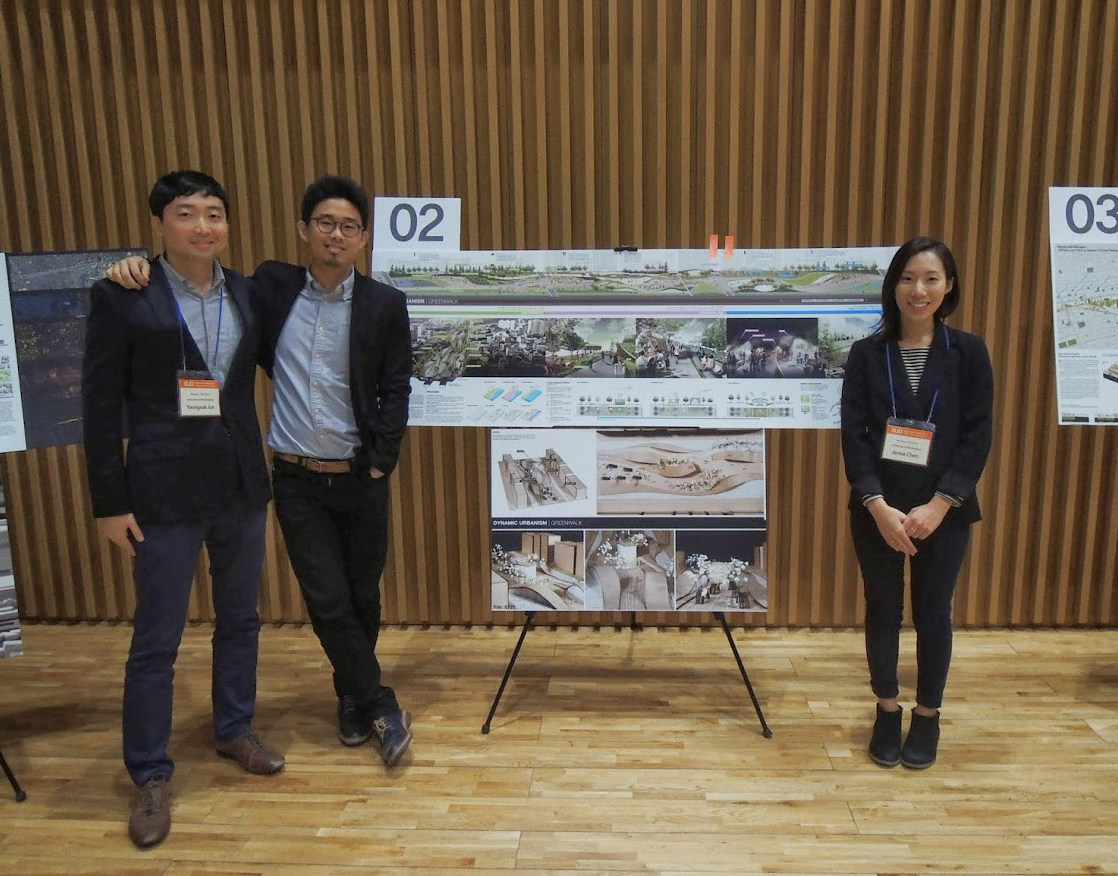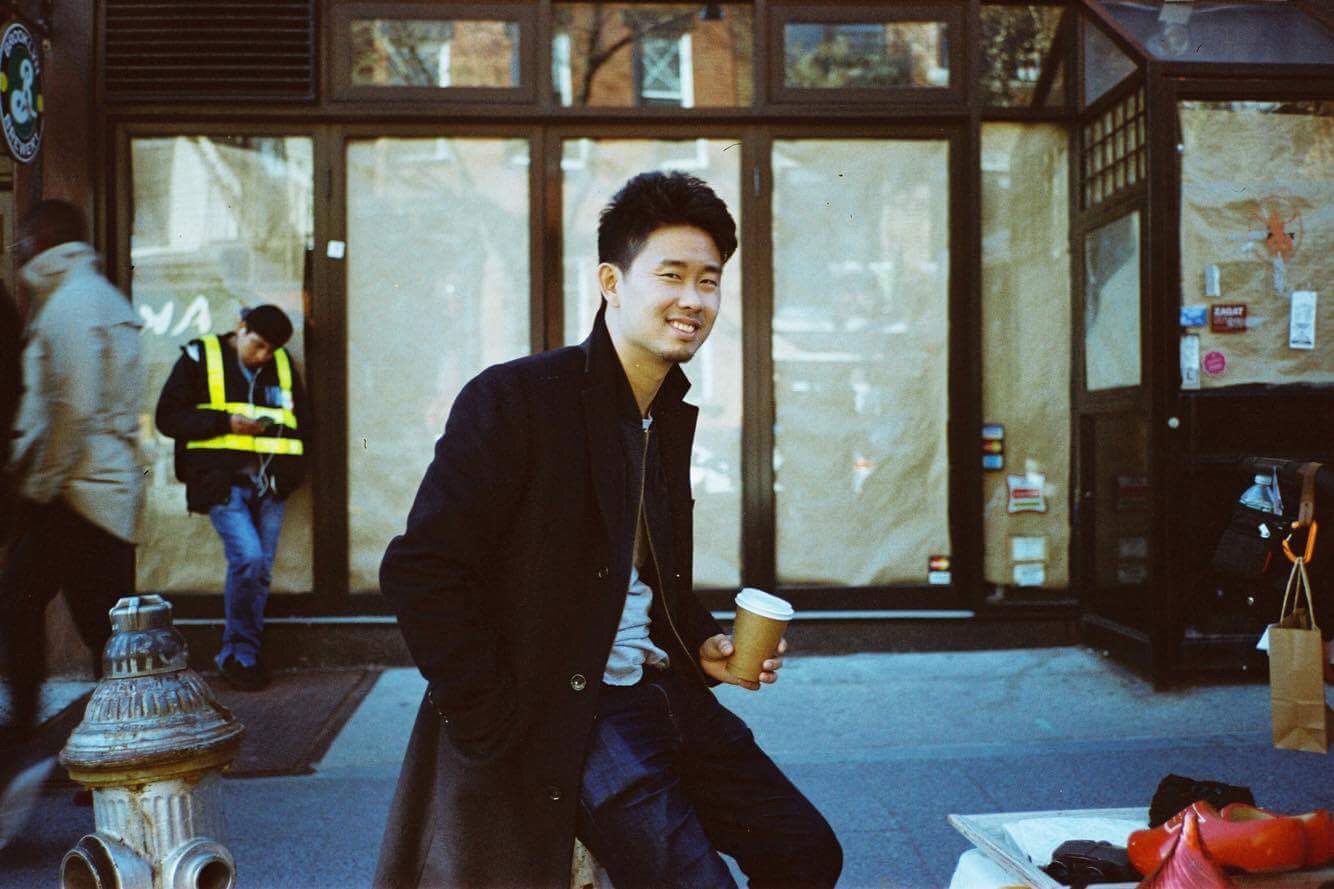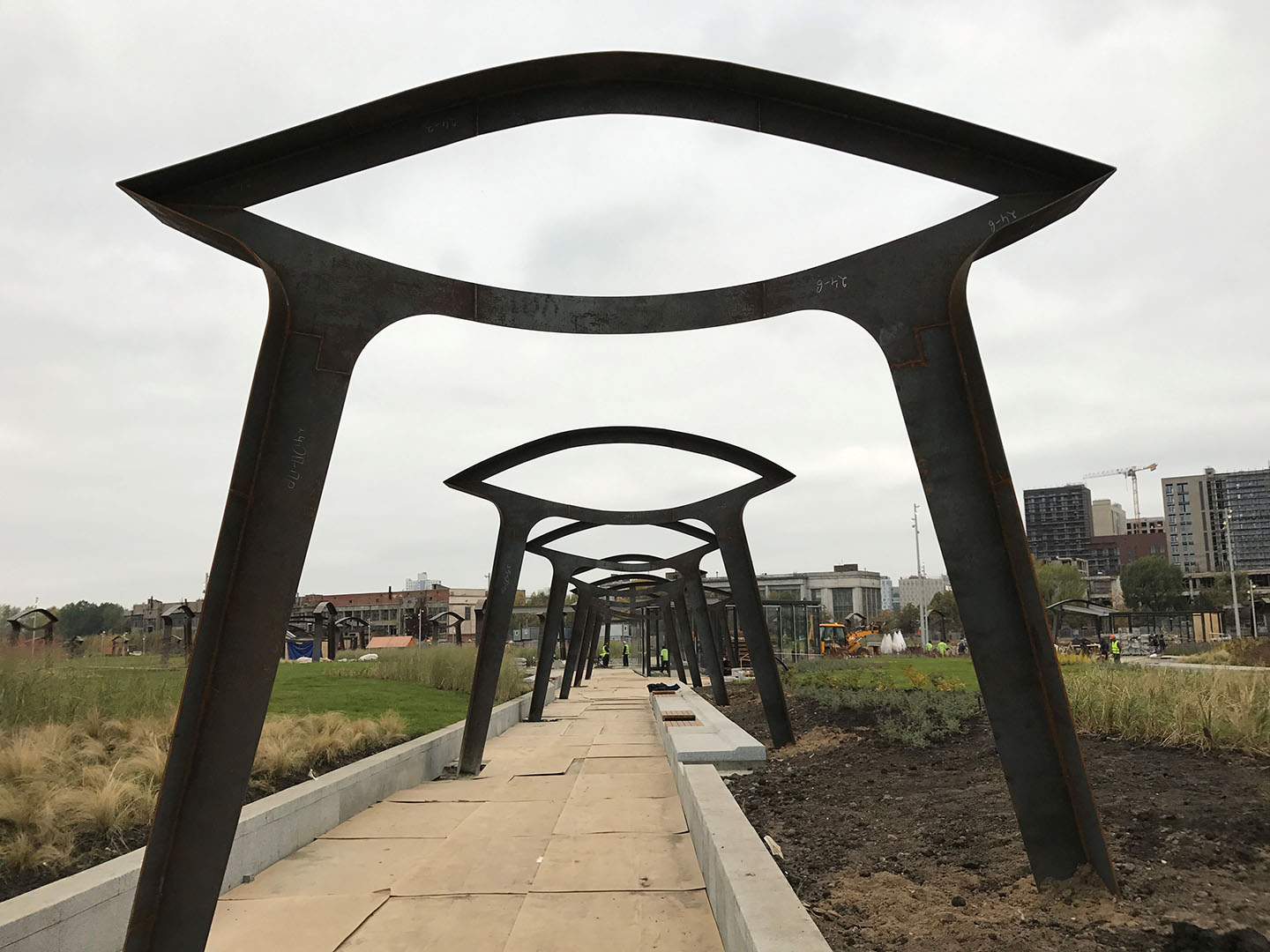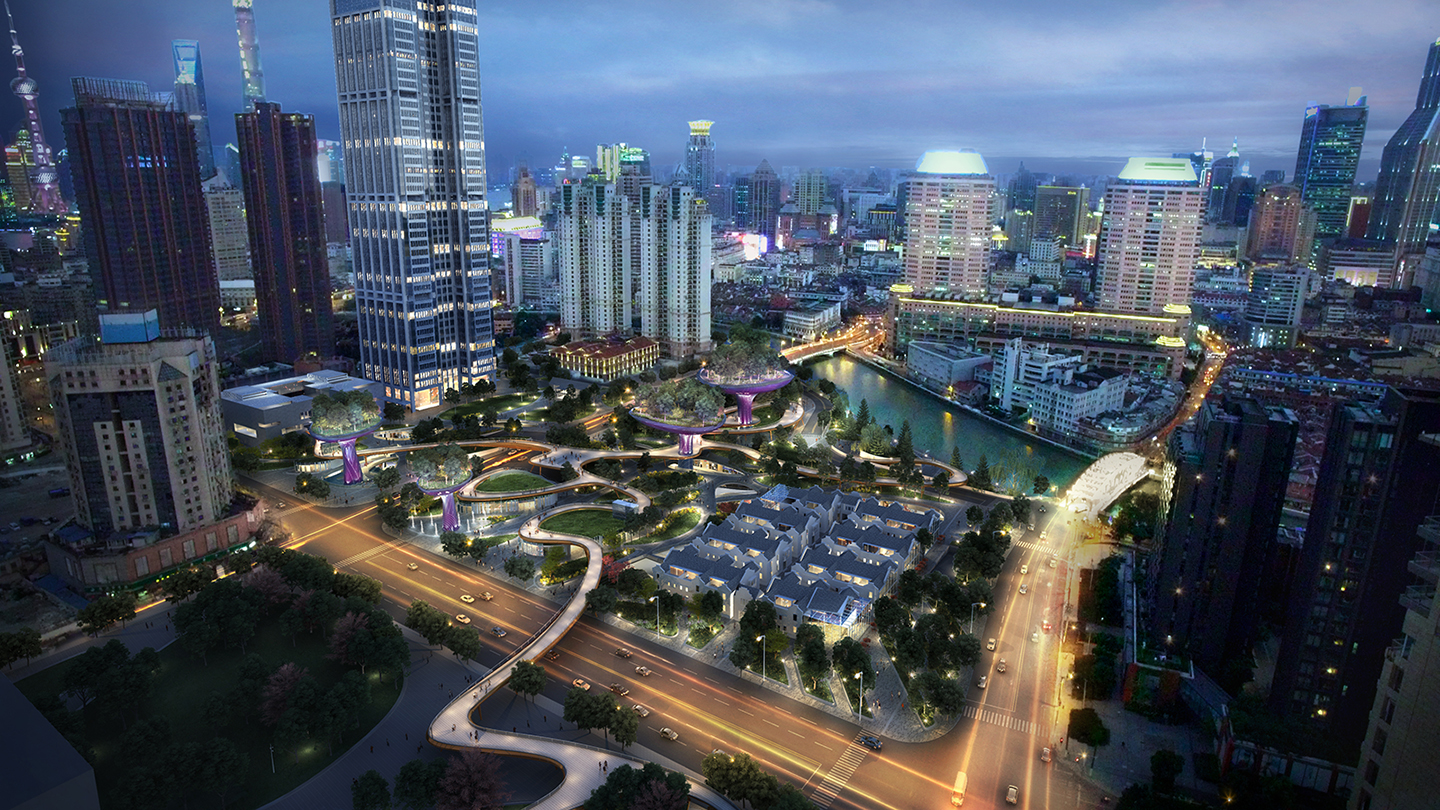ALUMNI SPOTLIGHT is a new department initiative to connect our prospective and current students with the diverse career trajectories and professional work of our graduates. We are extremely proud of the accomplishments of our alumni, and enjoy the opportunity to learn about the directions they have taken their career, whether short or long.
The interviews are organized and conducted by our students. Over the next academic year, we will provide a new alumni spotlight on a monthly basis. Check back often, and let us know if there is someone you would like us to bring into the spotlight. Special thanks to Rich Desanto and Lauren Wong (both MLA ’19) for conducting and compiling these interviews.
This month we are spotlighting Shu-Kuei (Tako) Hsu. Tako came to the University of Washington with a previous degree in landscape architecture from Chung Yuan Christian University (CYCU) in Taoyuan City, Taiwan. He graduated from the Master of Landscape Architecture program in 2014, and currently resides in New York, New York working as a project manager with !melk landscape architecture and urban design.
Could you outline your professional journey between graduation and today?
After I graduated from UW, I worked for Thomas Balsley Associates (currently SWA/Balsley) for two years. I then took a project management position with !melk.
Mr. Balsley is an ASLA Design Medal recipient, and is one of the greatest designers I have ever had the opportunity to work with. He has a great team and an elegant style of design with a design touch on the landscape that is poetic. His work is so detail-oriented and specific to the place. I learned a lot about what it means to be a complete designer from my two years working in his office.
I recently joined !melk. This position has been a large departure from Mr. Balsley’s design process. I believe this to be the most actively innovative environment I have ever had the opportunity to engage with. We don’t design with a formula; every project is unique to its own context. We break the boundaries of landscape architecture, continuously challenging preconceived perspectives of the field. We work hard, play hard, think further, and bring art and identity to the site. Every day, every project is a new challenge for us, because much of our design emerges as we work our way through the project.
 Inside the !melk studio in New York City. image credit: Shu-Kuei Hsu
Inside the !melk studio in New York City. image credit: Shu-Kuei Hsu
What types of projects have you worked on?
From my previous to current office, I have worked on projects across the globe—many in New York, others in Las Vegas, Texas, Toronto, China, Middle East, and Russia. The scale has been rich, ranging from large urban projects like waterfronts, plazas, and urban parks, to smaller scales like commercial spaces and residential projects. The projects I have spent a lot of time on are a waterfront park in New York City, a hotel roof terrace, a commercial space in China, and numerous design competitions.
Do you have a preference for the type of project you work on?
I like public parks—specifically highly urban public parks. It is an amazing feeling to watch people and families actively enjoying and using the spaces created through your design work.
When you think back across your career, how do you think your time at the University of Washington prepared you?
I think UW provided an open and creative environment for me to think freely, forcing me to engage beyond the boundaries of the site. I was able to build a strong foundation and learned an approach to design that was creatively inspired yet focused and methodological. An example was a studio I took with professor Ben Spencer. Working with an informal community outside of Lima, Peru, we designed and built prototypes for fog collectors in a greenhouse and did experiments on different materials and structures, looking to understand which were the most efficient and cost-effective.
The Scan|Design studio with professor Nancy Rottle took us to Copenhagen, where we visited many firms and learned about green infrastructure. I also took a design/build studio with professor Daniel Winterbottom. We built a community garden in a Japanese-American community center in Seattle. That was a tremendous experience and the first time I got to work through every stage of the process from community meetings, to concept development, and eventually construction. The studio and classes were all very hands-on and interactive, and taught me skills that I’m using every day in my office: from virtual model building to design visualization to construction drawings.
Building on that, can you reflect on a pivotal moment in your education?
Back at the University of Washington, I made a lot of friends; we were young and passionate designers with bold ideas. We always wanted to do more. I often worked with my peers on competitions with the help of professors like Nancy Rottle and Jeff Hou. Many of the competitions I did mainly because I saw the call for entry and had a feeling for the site, or was interested in the scale or subject (global warming, sea level rise, or post-industrial sites).
We were lucky to win a few of the competitions, so we were invited to travel to many places to exhibit and present our design schemes. This amount of recognition was a huge encouragement for us, giving us more confidence and determination to pursue urban ecological design. When we got to travel, we met with juries and other teams. You really compare your scheme with other schemes—what are the good ideas you didn’t think of? How are they represented? How should we do this the next time?
 Seoul Urban Design Award with Youngsuk Jun (MLA ’15) and Janice Chen (BLA ’14)
Seoul Urban Design Award with Youngsuk Jun (MLA ’15) and Janice Chen (BLA ’14)
Our last question is about how the scope of landscape architecture is ever expanding; has your relationship with the discipline evolved at all through your years as a professional?
We are leaving the earth even warmer than before, but I think the concepts and active practices of sustainable design, green infrastructure, rainwater recycling, etc. are deeply integrated into the profession of landscape architects. Landscape architects actively work with architects, engineers, and ecologists hoping to better integrate sustainable strategies into the design and operations of our built environment infrastructures.
Issues of social and economic sustainability are two topics I think landscape architects should continue to build into their practice. How do we create identities and raise awareness of the environment in neighborhoods? Many of the projects we see today are more and more similar. We are subconsciously building on the success of others without reframing the ideas in new contexts. How do we initiate the creation of public space through an approach that gives it its own identity in relationship to the neighborhood? How can we, as designers, work to help communities engage in and recognize the power they have to create places they are proud of? I think that is a very important thing for us to do too.
Any last parting thoughts or words of wisdom?
(laughing) No, I don’t think I’m at that level yet to provide words of wisdom, but I think landscape architecture is a really dynamic field. It’s difficult, but it’s a lot of fun. It makes you think and act creatively; that’s what I like about it.




